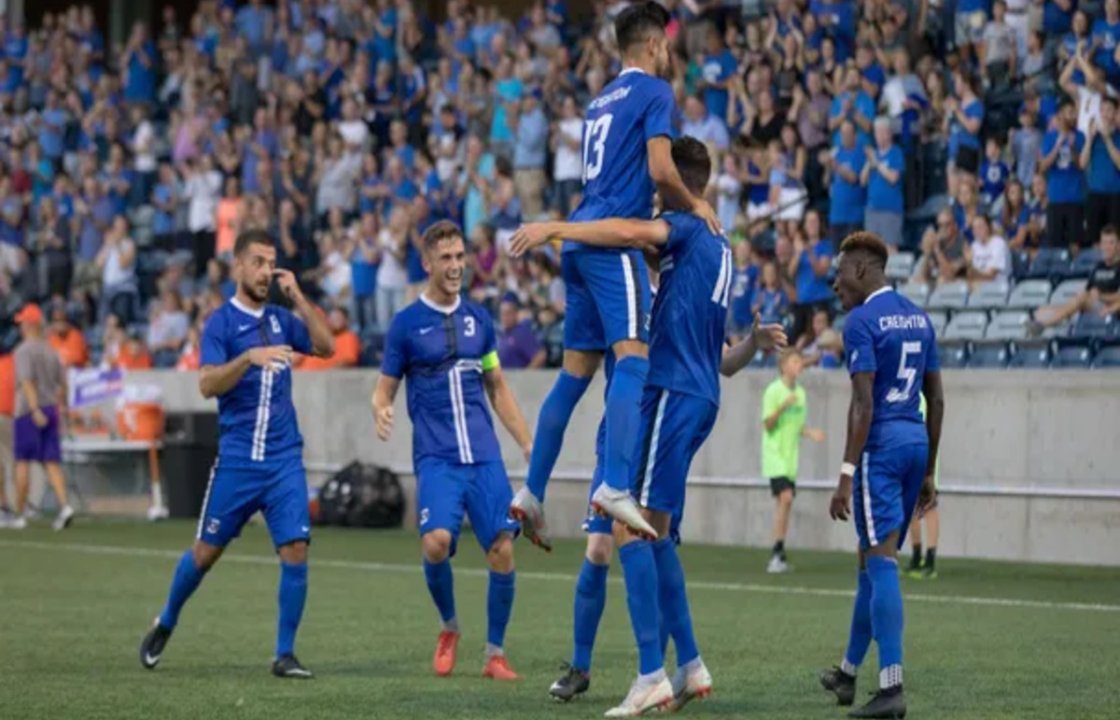College soccer is no longer just an American tradition—it has evolved into a powerful global stage for ambitious footballers worldwide.
The Quiet Revolution of U.S. College Soccer
For years, college soccer in the United States was seen as a stepping stone for domestic athletes looking to balance academics and sports. It existed in the shadows of more celebrated pathways like professional academies in Europe or South America. But over the past decade, a quiet revolution has reshaped its image. With better facilities, advanced coaching, and international exposure, college soccer is now considered a legitimate, competitive, and even prestigious route to professional football.
This transformation didn’t happen overnight. It was fueled by several converging factors: the growing quality of NCAA programs, the globalization of scouting networks, and the rising credibility of U.S. soccer development systems. Today, scouts from clubs in Europe, Latin America, and Asia are not only aware of but actively recruiting from U.S. college teams. The MLS SuperDraft is just one part of the story. Increasingly, players are being signed directly by clubs overseas, bypassing the traditional MLS route altogether.
Why College Soccer Attracts International Players
The appeal of college soccer for international athletes lies in its unique dual pathway: the ability to pursue higher education while also playing elite-level football. Many players from Europe, Africa, and South America come to the U.S. on scholarships, attracted by the idea of continuing their education while keeping their professional football dreams alive.

For players who are late bloomers or have been overlooked by professional academies, the U.S. system offers a second chance. The structure of the college game—with its competitive seasons, national tournaments, and increasing media coverage—provides the perfect platform to showcase talent on a global stage.
Moreover, the diversity within college teams fosters a multi-cultural learning environment that mirrors the cosmopolitan nature of modern professional squads. It’s common today to see college rosters filled with players from Brazil, Spain, Nigeria, Japan, and beyond. This variety enhances the tactical and cultural intelligence of players, making them more adaptable and professionally prepared.
The Role of Technology and Analytics in Raising the Bar
One major reason for the explosion in college soccer's global profile is the technological revolution in sports. Games are now streamed online, and platforms like Hudl, Instat, and Wyscout allow scouts and agents to analyze every touch, run, and decision a player makes. This has democratized exposure, enabling even players from smaller programs to catch the eye of decision-makers around the world.
Colleges themselves are investing heavily in sports science, performance analysis, and individualized development plans. Athletes undergo GPS-tracked training sessions, biometric assessments, and video reviews—systems once exclusive to elite professional clubs. This level of preparation ensures that graduating players are not just physically ready but also tactically sharp and mentally resilient.
Global Scouts Are Paying Attention
The idea that top European clubs only recruit from their own academies is outdated. Scouts today are global, and college soccer matches are on their radar. Many colleges now host international showcases, inviting scouts from La Liga, Serie A, Bundesliga, and even J-League clubs. In some cases, players are offered professional contracts before their collegiate eligibility expires.
Clubs recognize the maturity and discipline that often come with the college system. Athletes who have balanced schoolwork, training, and social responsibilities are typically more coachable and professional. This is a huge draw for clubs looking to reduce the risks associated with signing young talent.

The Future of College Soccer as a Global Showcase
As the sport continues to grow in the U.S., college soccer is only going to become more competitive and more international. With the upcoming 2026 FIFA World Cup being co-hosted by the United States, interest in American soccer will reach an all-time high. This global spotlight will inevitably trickle down to colleges and universities, giving athletes even greater exposure.
In addition, more collaborations between colleges and international academies are forming, making the pipeline smoother and more accessible for international talent. We’re seeing a future where the NCAA and NAIA may serve as global feeder systems not just to the MLS, but to top leagues across the world.
Success Stories That Inspire
A growing list of success stories underscores this trend. Players like Jack Harrison (who played at Wake Forest before starring in the Premier League), Julian Gressel, and Albert Dikwa are reminders that the college path can lead to the highest levels of the game. More recently, players from countries like Ghana, Germany, and Colombia have signed with professional clubs in Europe and North America directly from U.S. universities.
These examples challenge the old narrative that college soccer is a lesser path. Instead, they prove that determined players with the right support system can use college as a powerful launchpad.
College Soccer and the Work We Do at SIA Academy
At SIA Academy, we see the rise of college soccer as both a sign of progress and an opportunity. Our mission has always been to provide international players with high-level training, academic support, and pathways to exposure—values that align perfectly with the collegiate model. We prepare our athletes not just to succeed in professional clubs, but also to take advantage of the incredible opportunities that college soccer in the U.S. offers. Whether it’s helping a player secure a scholarship, developing their performance metrics, or guiding them through the admissions process, we treat college recruitment as a core pillar of our player development strategy. Because at SIA Academy, we don’t just train footballers—we build futures.


